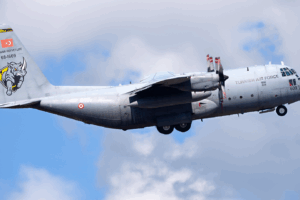Aug 8, 2025
Episode 180: We look at what we believe is likely to be the root cause of the loss of Air India 171. Link to the Technical Note – Air India AIC171
The video “Air India Crash – Root Cause? #airindiacrash” by Airline News with Geoffrey Thomas presents a detailed analysis of the probable root cause behind the tragic crash of Air India Flight 171. The hosts, Jeffrey Thomas and Richard Godfrey, begin by summarizing key events and data from the accident, including the timing of rotor takeoff, deployment of the Ram Air Turbine (RAT), engine shutdown and restart, and the Mayday communication before the crash.
A major focus of the video is investigating the critical question of when and why the RAT deployed just seconds after liftoff. The team cross-references multiple data sources—flight data recorder (FDR), automatic dependent surveillance-broadcast (ADSB) data, air traffic control logs, and airport CCTV footage—to precisely synchronize events down to milliseconds. They find the RAT deployed about 2.5 seconds after engines passed below idle speed at around 08:08:47 UTC. The video compares CCTV images with airport charts to determine the exact position of the aircraft at RAT deployment time and notes the presence of light smoke shortly before impact.
The investigation outlines six potential root causes, ultimately highlighting the highest likelihood cause: water ingress into the electronic equipment bay (EE bay) at rotation, which likely caused a simultaneous shutdown of both engines by disrupting electrical power and engine control computers. This theory aligns with an existing FAA airworthiness directive about the risks posed by water ingress. Alternative causes like shared DC bus failure, circuit breaker faults, or software errors are considered less probable based on timing and lack of supporting evidence.
The hosts emphasize that pilot error was not the root cause; rather, the failure was likely a maintenance oversight or non-compliance with directives intended to prevent water ingress. The video concludes with an appeal to viewers for further questions and discussion on this technical, compelling analysis, noting that the preliminary report lacked certain clarifications now addressed by their wor




